SO many of us have been investigating how we can best use AI at work to make ourselves more productive, and efficient, so we can simply have more time.
But we’ve also been using AI for years outside of work in ways we might not realize.
For example, when we ask Siri the name of a song.
Or when we ask Alexa if it’s going to rain today.
Even using Google Maps is an example of AI.
Each of these tools has been helping us as a version of a personal assistant for years now.
But since the launch of AI Chat functionality, and the ability to utilize some of these models within existing tools, we’ve seen even more expansive ways that AI can act as a personal assistant.
Today I wanted to dive into some of the ORIGINAL AI personal assistants and compare them to some newer tools in the space.
These are tools for both your home life and your work life.
Each has a very different benefit and use case, but all can be helpful in some way to any type of user.
How I defined an AI personal assistant
For the purpose of this article, I defined an AI personal assistant as a tool that utilizes AI to help you with day-to-day task management, home needs, research, and scheduling.
There are other tools that would describe themselves as AI personal assistants, but they tend to help very specific roles and industries.
This list could be applicable to most roles - and is broken into categories for your home and your work.
What I looked for
When evaluating these AI personal assistants, I considered the following factors:
- Ease of use and natural language processing capabilities
- Integration with calendars, task managers, and other productivity tools
- Intelligent scheduling and time management features
- Collaboration and team management tools
- Compatibility with smart home devices and voice assistants
- Privacy and data security
The best AI personal assistants for work
Let’s kick off this list with the best AI Personal Assistants for work.
The tools chosen below all help with productivity and scheduling.
They of course have some overlapping features, but each shines in one specific area.
- Motion - Best for intelligent task scheduling and team collaboration
- Reclaim - Best for managers at larger organizations
- Clockwise - Best for optimizing team schedules
Jump to the bottom of this post to see which tool stood out the most.
Mo tion: Best for intelligent task scheduling and team collaboration
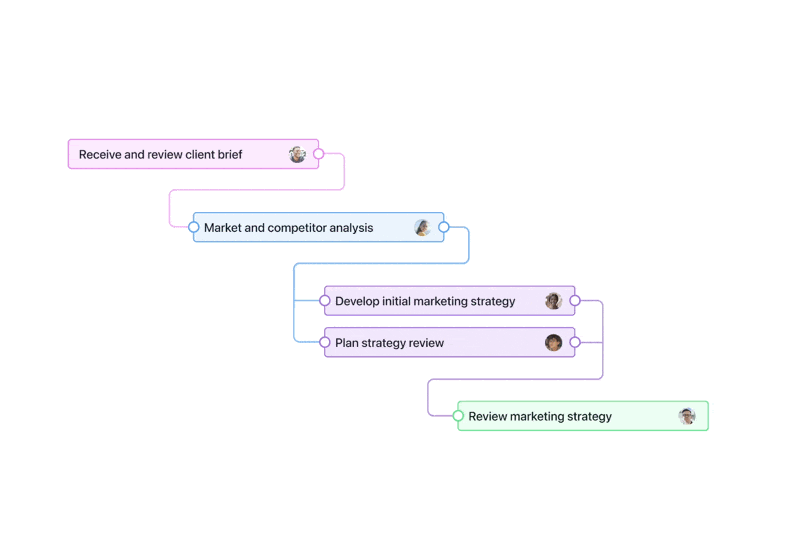
Standout features
- AI-Powered Scheduling: No more manual task shuffling. Motion’s AI schedules your day, prioritizing tasks based on deadlines and availability.
- Integrated Calendar: Motion’s calendar integration means your schedule and tasks are always in sync.
- User-Friendly: Motion’s interface is designed to be both powerful and easy to use. No steep learning curves here.
- Comprehensive Features: From project management to daily planning and scheduling, Motion covers all your bases.
What I liked
You’ve seriously got to try Motion!
This app is the closest experience I’ve had to a personal assistant. Motion is both a calendar and project management tool.
This is where it automatically stands out from the other tools on this list as it eliminates the need for multiple software subscriptions.
What I love about Motion is the fact that it integrates every aspect of my life into my day-to-day plan, so for the first time in my career, I can accurately visualize my capacity.
After my connecting my calendar to Motion, I add my own individual tasks to the tool with detailed notes and a priority level.
Then I select the “auto-schedule feature” to let AI do its thing. From there, my week is perfectly planned by the tool.
It breaks down larger tasks for me and still allows me to take time for routine habits like meditation, or working out.
The best part - if for some reason I can’t finish a task, Motion will automatically reschedule it for a time that works best for me.
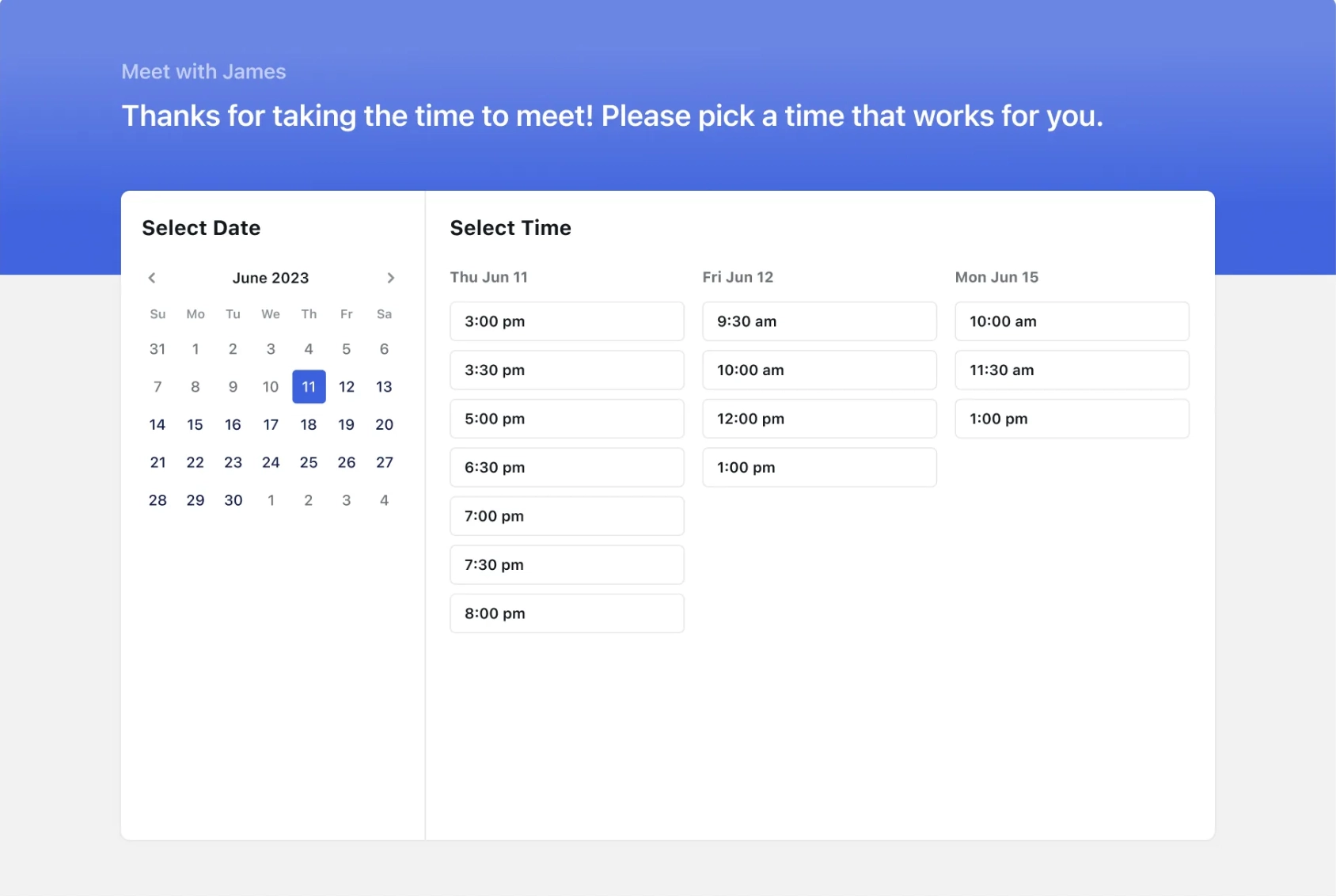
I also really loved their scheduling link, which helps me easily book meetings with outside guests, and block all my meetings into one specified time block so I can be intentional about creating space for focus work.
What I disliked
While some of the deeper features like custom fields are really impressive, they can be challenging to learn at first.
Additionally, users cannot bulk add or bulk delete tasks. But good news, the Motion team let us know this feature is coming soon!
Reclaim: Best for managers at larger organizations
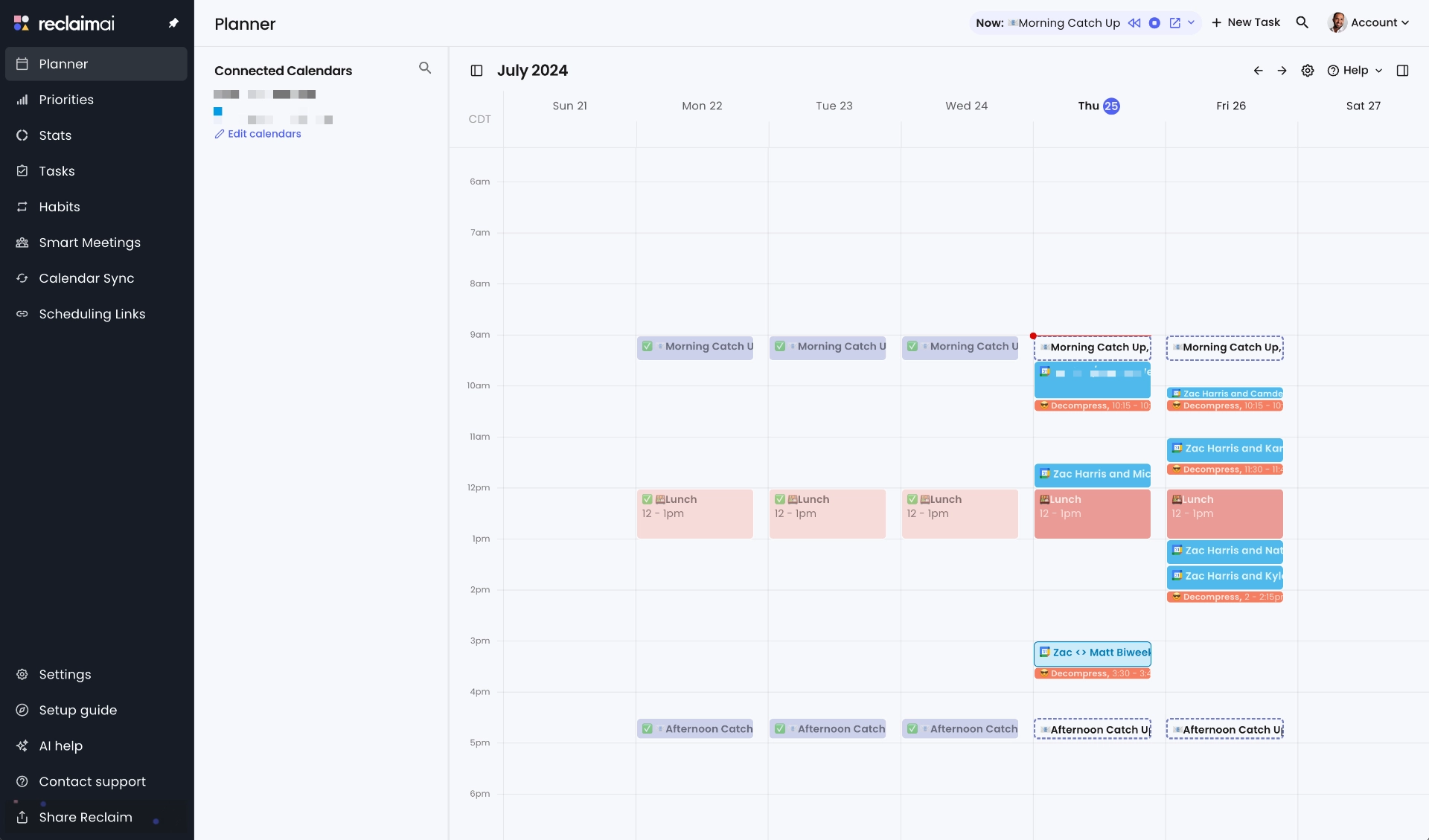
Standout features
- Smart Meetings: Use AI to automatically find the best times for all of your regular team meetings
- AI Habit Tracker: Find the best time for your recurring routines like working out, eating meals, meditating, etc.
- Extensive Integrations: Integrations with tools like Slack, Zoom, Gmail, Asana, ClickUp, and more.
What I liked
For anyone leading teams at larger organizations, Reclaim is an excellent tool. It's also great for individual contributors at larger organizations.
The Smart meeting feature has made scheduling meetings with managers and their team members a breeze.
I also love how Reclaim helps users protect their time by allowing them to set recurring habits and tasks that block off time on their calendars.
Its integrations with some well-known project management tools (like Asana and ClickUp) are also a nice touch, as they ensure that tasks are always visible and scheduled appropriately.
This can be a negative though, as they need those integrations to actually project manage, because unlike Motion, Reclaim does not have this deep project management functionality.
What I disliked
While Reclaim is great for personal task management, it falls short when it comes to team collaboration and project dependencies.
We mostly missed the ability to see tasks automatically rescheduled when missed, a feature Motion has on lock.
Additionally, the requirement for third-party participants to grant Reclaim access to their calendars can be a deal-breaker for some organizations with strict security policies.
Clockwise: Best for optimizing team meeting scheduling
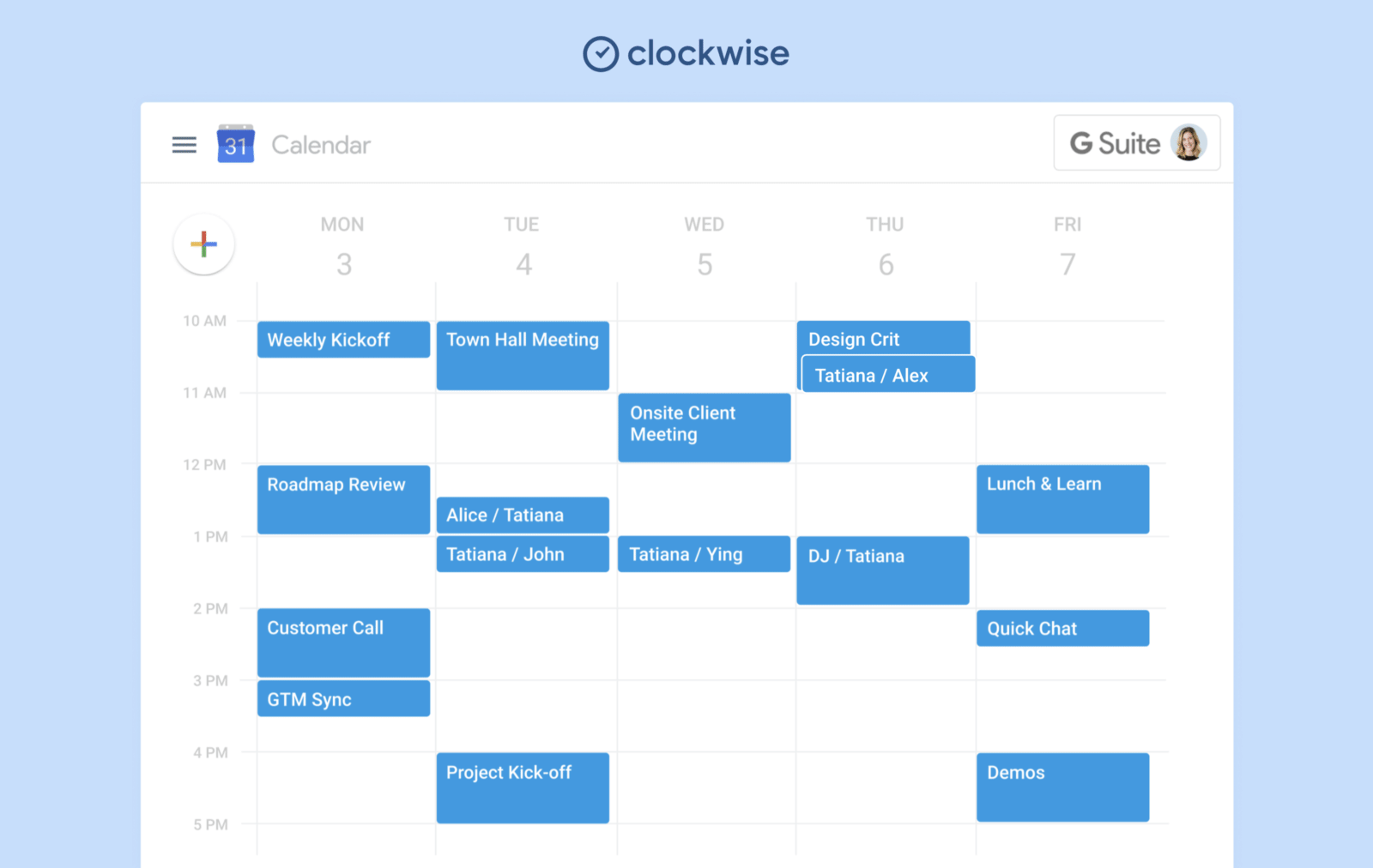
Standout features
- AI Scheduler: conversational AI calendar experience that makes scheduling easy
- Flexible Meetings: Team calendar optimization to free up as much uninterrupted focus time as possible
- Scheduling Links: Clockwise Links help you book the best time with your Focus Time in mind.
What I liked
Clockwise released a new feature that’s been highly praised.
With its AI scheduler, you utilize chat to rearrange your calendar whenever priorities need to be shifted.
For example, let’s say you need to meet with a VP at your organization that day, Clockwise will look at both your calendars, and suggest what could be rearranged to make the meeting work.
This could be an extremely helpful feature for executives.
I also appreciated how Clockwise optimizes the team's calendars to ensure that there is enough focus time between meetings.
What I disliked
Again, while Clockwise is excellent for meeting scheduling, it lacks some of the broader productivity task features that Motion offers.
Additionally, the 24-hour sync delay can be frustrating if you need to reference your schedule for the upcoming days.
The lack of integration with project management tools is also a notable omission.
The best AI personal assistants for your home
Now that we’ve reviewed the best AI personal assistants for your work needs, it’s time to take it back to the original AI personal assistants that you use in your home.
We’ve all heard of and likely used Alexa, Siri, and Google Assistant - but which one is actually the best option of the three?
Below, you’ll find a breakdown showcasing where each tool excels (and even where each tool falls short.)
- Alexa - Best for smart home integration and music streaming
- Siri - Best for privacy-conscious users and Apple ecosystem fans
- Google Assistant - Best for answering questions and voice-based interactions
Alexa: Best for smart home integration and music streaming
Standout features
- Smart Home Connection: Extensive smart home device compatibility
- Easy Online Shopping: Easily add items to your cart with voice commands
- Intercom Capabilities: Send announcements throughout your house or only drop in to select rooms
What I liked
Alexa is the most widely-known smart home tool. Since first coming onto the scene in 2014, many of us have deeply appreciated the ability to ask Alexa a question and get an instant answer.
I love how Alexa integrates seamlessly with Amazon's ecosystem, allowing me to shop, listen to podcasts, and stream music.
I also love how easy it is to connect Alexa to my home applications like my lights, smart devices, thermostats, and even door locks.
The sound quality of the Echo devices is also impressive, making them great for music playback.
What I disliked
Amazon's data privacy practices have been called into question, which may be a concern for many users.
Additionally, Alexa overdoes it with self-promotion. It’s often encouraging users to add things to their cart or sign up for new services, which can get fairly annoying.
Siri: Best for privacy-conscious users and apple ecosystem integration
Standout features
- Strong Privacy: Privacy-focused approach
- Multi-Device Support: Seamless integration with Apple devices
- New Updates Coming Soon: Impressive updates to Natural language processing coming this fall
What I liked
As an Apple user, I appreciate how seamlessly Siri integrates with my iPhone, iPad, and Mac.
The natural language processing capabilities are impressive, and I love how Siri maintains a consistent volume level even when my device's volume is maxed out.
Apple's commitment to user privacy is also a significant selling point for me.
To be honest with you, it was hard to write this section as Google Assistant and Alexa are clearly better options.
So unless you want to ONLY use Apple devices at all times, or security is a massive priority for you, we’d suggest not purchasing an Apple home device.
What I disliked
While Siri excels in the Apple ecosystem, it falls behind when it comes to smart home integration and compatibility with third-party services.
Google Assistant: Best for natural language processing and voice interactions
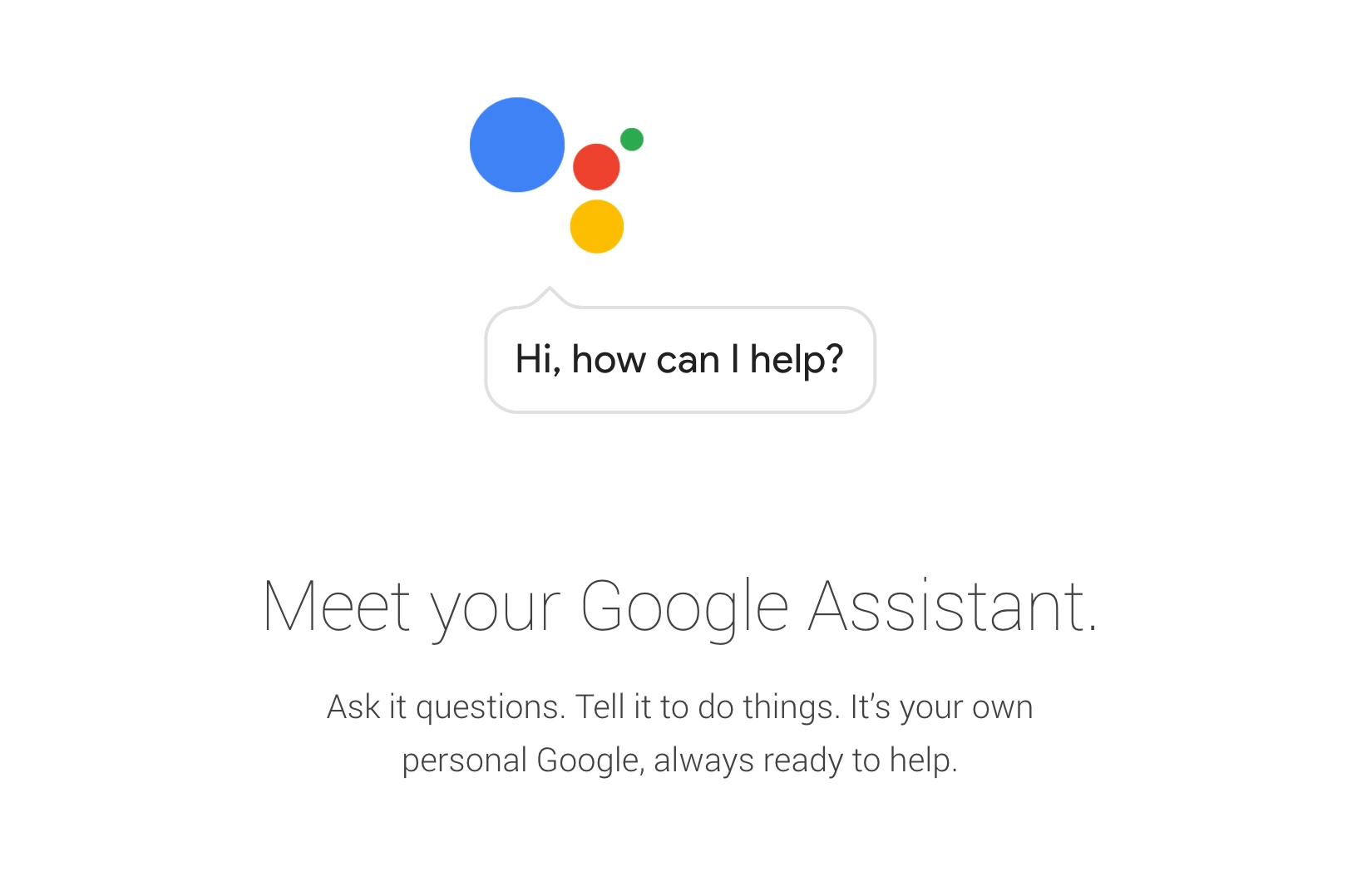
Standout features
- Exceptional Displays: Arguably, the best display systems of the three options
- Multi-Device Support: Integration with Android devices
- Deep Integrations: Works with apps like Spotify, Snap, Walmart and more
What I liked
Google Assistant's natural language processing capabilities are truly impressive. I love how it can understand and respond to complex queries and follow-up questions with ease. (Something the other two home devices fall short on.)
Google displays are also top-notch - you can simply use hand motions to pause times, and stop music.
The integration with Android devices and the Google ecosystem is also a significant advantage.
I'm also excited about the upcoming scripting editor, which promises to offer advanced automation capabilities.
What I disliked
Again like Alexa, Google's data privacy practices have been called into question, which may be a concern for some users.
Th e final verdict
PERSONALLY, we prefer Motion for our work personal assistant, and Alexa to help out at home.
Alexa’s ability to easily create an exceptional smart home experience by accessing lights, locks, televisions, and more — is hard to match.
It’s also the best for creating routines.
Additionally, Motion’s full calendar functionality, and in-depth project management tools, make it a far more appealing tool than both Reclaim and Clockwise.
I also so appreciate how it’s able to rearrange my calendar and keep me prioritized, anytime I have an inevitable change in my schedule.
How to best use Motion like a personal assistant
I hope I’ve convinced you that Motion is clearly worth a try!
And if so, let’s make your Motion experience as easy and as fruitful as possible.
I’ve listed out all the most important steps you should take in order to see an immediate impact from the tool below.
Step #1 - Sign up for a free trial
Motion offers a seven-day free trial so that you can experience the benefits of AI-assisted project management and dynamic scheduling very quickly and easily. Click here to start your free trial today.
Step #2 - Connect your calendar
After signing up for a free trial, you’ll need to connect your calendar.
We recommend adding your main calendar (most likely, your work calendar,) and your personal calendar.
Step #3 - Add your first task
Now you’re ready to set your first task.
To begin, click "Add Task" in Motion. Next, you’ll want to set the task details like priority, end date, deadline, start date, and duration.
Before completing the task make sure the “Auto-Schedule” toggle is on to let Motion's AI schedule the task on your calendar.
Use Motion with your team
This article has mainly talked about Motion as a tool for individuals, but it’s actually quite useful for teams as well.
I absolutely love that I can assign tasks in Motion to my team members.
And instead of arbitrarily assigning these tasks like I have in the past.
Motion evaluates my team members’ schedule, personal commitments, and priorities to schedule the take at a time that actually works best.
Learn more about Motion’s team capabilities here.

Alli is Content Writer and Strategist who has worked in SaaS since 2017. She’s worked with brands like BombBomb, Animalz, SupportLogic, and Copy.ai. Alli lives in Colorado with her husband, daughter, and two dogs.





